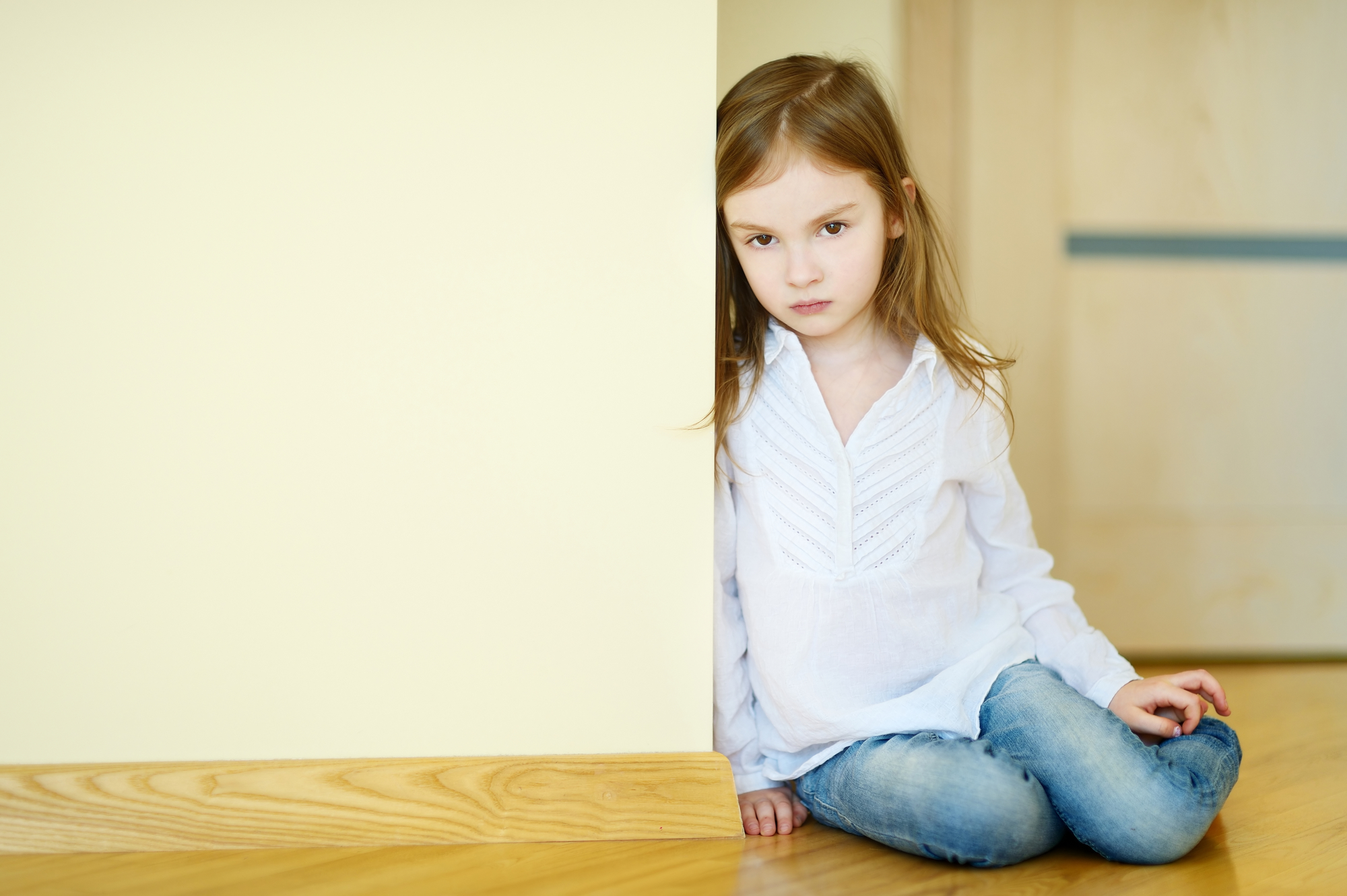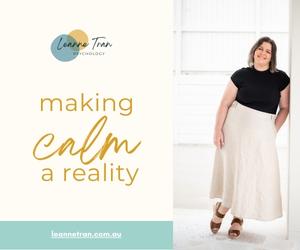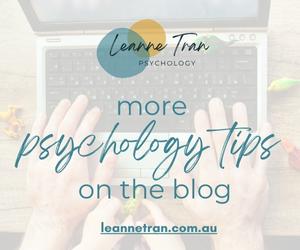This is a question I get asked a lot by parents – parental guilt can be so tough! And unfortunately, there’s no parenting foresight, and we’ve only got hindsight to work with. So I’m going to talk about what the research says, dispel some fears, and more importantly give you a way to think about anxiety in your kids and practical strategies to use moving forward.
What is anxiety, and when is it something to worry about?
Did you get that pun there? There’s a difference between fear and anxiety – and some anxiety is normal and some is not.
First of all – fear is the natural response to a situation that causes fear. It has three components:
- Cognitive: that we think the situation is dangerous
- Emotional: we feel stress, tension, uneasiness
- Physiological: we experience body changes to prepare for fight or flight (like increased heart rate, blood rushing to muscles
Some fears are normal. As children develop, they become aware of new things, and at these stages may develop anxieties that are common for that level of development. For example, toddlers have the capacity to imagine but not to tell reality from fantasy, so they’re often scared of the dark. Children who are 8-11yrs develop self-esteem based on academic performance, so they might develop test anxiety.
I always use the example of kids of a lion coming into the room, as this is a good example of when fear is normal. In these cases, fear is useful for our survival. When the fear is maladaptive, it’s anxiety. Maladaptive means that the fear is not adjusted or appropriate to the situation. It’s not functional, not helpful. I explain it to kids as having that same reaction to a lion coming through the door, but instead, it’s something like a parent leaving (separation anxiety), going to a party (social anxiety) etc. It’s when our brain makes an Inaccurate judgement about the situation.
In this case, when the anxiety is beyond the typical, it’s unhelpful and interfering with our day-to-day functioning – that’s when we would say there is an anxiety disorder. In Australia around 7% of children have an anxiety disorder, that’s 1 in 14. So it’s relatively common.
So, why do kids get anxiety?
This is where the parent’s concern about their impact comes in. There is a range of theories about what causes anxiety in children, and the overall view is that it is part biological and part environmental.
Sometimes it’s biological.
There is an element of anxiety that is genetic – meaning that some genes (parts of our DNA) are responsible for us having anxiety. It’s estimated that this occurs in 30% of children with anxiety. That gene makes them more vulnerable to developing anxiety than other kids. If kids experience stressful environmental factors at the time they are primed to normally develop fears, they may develop anxiety. Particular genes that underlie anxiety have been looked into, and researchers are still trying to find a consistent prediction. Brain anatomy and brain chemicals in systems that process fear and threat also vary from child to child. If children are naturally reserved, or are exposed to high levels of chronic stress – their limbic system (the brain’s emotional processing system) overacts. This leads to increased anxiety. There is considerable support for this, although the picture is still incomplete.
Sometimes it’s temperament
Temperament means someone’s general nature. Some kids have a temperament where they are naturally more restrained in unfamiliar situations. They show fearfulness, shyness, or social withdrawal. Personality is made up of our thoughts, beliefs and preferences. Children whose personality involves emotional instability and distress, a tendency to not follow through on plans, or introversion are more likely to develop anxiety.
Sometimes it’s Parenting
We’ve come to the heart of the question. Modelling and parenting style play a role in some children developing anxiety. The majority of kids with a diagnosis of anxiety have a parent with anxiety, and the impact of parenting will be larger if kids have a vulnerability to anxiety like we discussed above. Here are the ways that parenting can contribute to anxiety.
- Modelling
If parents are anxious, they may model some avoidance of fearful situations to their kids. If kids see you cope with perceived threats by avoiding them rather than confronting them, they can develop anxiety tendencies. Sometimes parents can reinforce their child’s anxiety by agreeing that they are right to be fearful and help them avoid the situation. - Family beliefs
If you have a heightened awareness of risk and threat, this can contribute to children developing anxiety. This is like having a better to-be-safe-than-sorry approach, rather than a feel-the-fear and do-it-anyway approach. A parenting approach that is overprotective can lead kids to develop anxiety because they think the world is unsafe. - Relationships
If you find it hard to connect with your child or read what they want, this might contribute to their anxiety. They may feel unsure of the right thing to do and how to please you, or unsure that they’re good enough as they are.
In summary, anxiety is partly biological, partly temperament and partly through parent modelling. If parents have anxiety or an anxious temperament themselves, or if they worry that they’ve modelled anxiety for their kids they can feel responsible. But I always say that if you’ve learned what might have impacted your kids, you’re in a better position to parenting them right?
Here’s how you can use this information to support your anxious child:
- Use your experience! Having anxiety yourself means you know exactly what it feels like, you can empathise with your child. You can empathise with your child, and let them know you understand what they’re going through. Maybe you’ve avoided things but you want to be brave about them now and can share your goals with your kids.
- Focus on the relationship. Spend five minutes a day connecting with your child, delighting in them for just being who they are. This strengthens resilience in every child and will make a big difference.
- Model managing anxiety. This can be through talking out loud as you do something, like saying “I’m nervous about my presentation at work today, but I know I’ll be fine and probably do a good job”. Or have conversations with your kids about what challenges you faced that day and how you coped with them.
- Family challenges. To change family beliefs that lead to anxiety or keep it going, why not start some family challenges where you all overcome brave things? Kids are more likely to get on board with changes if it’s something the whole family does.
Now, because you might be looking for a place to start – I have created one for you. Click here to download this free Brave Family Challenge Workbook. It covers all the info mentioned above, and can guide your family through this discussion and plan. Download here: www.leannetran.com.au/brave
You’ve got this!








